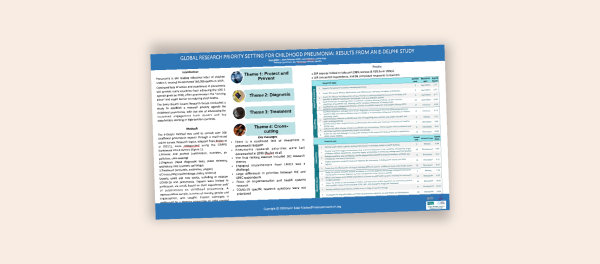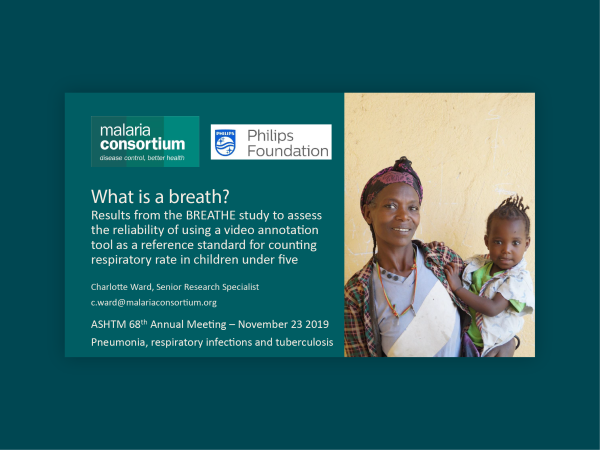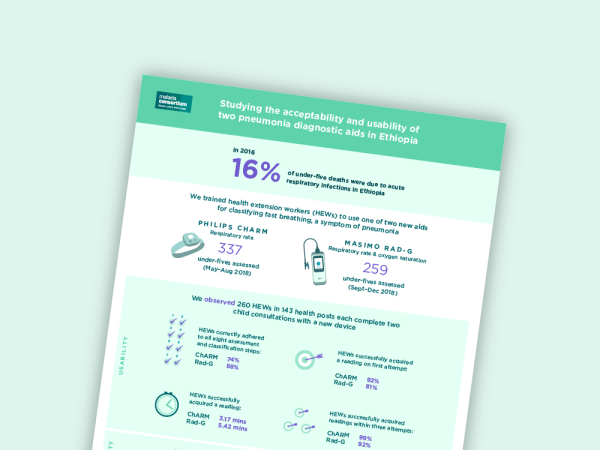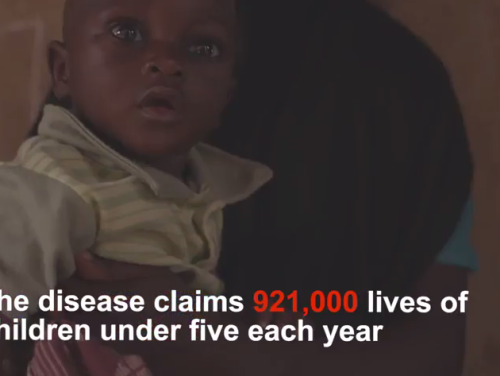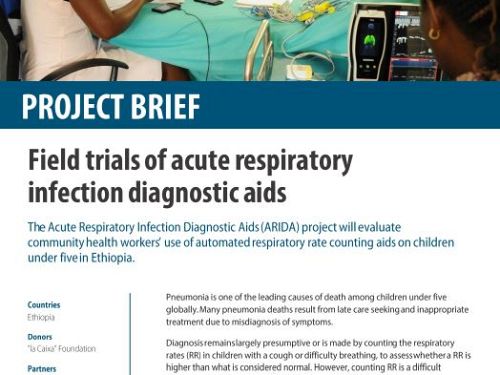Uganda
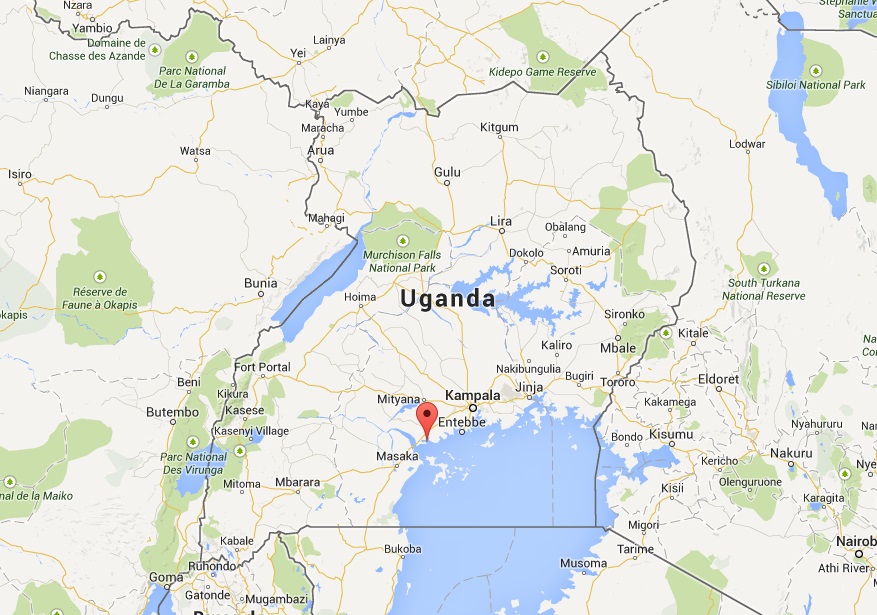 Figure 1. Map of Uganda and Mpigi district
Figure 1. Map of Uganda and Mpigi district
In Uganda the under-five mortality rate is high, with pneumonia responsible for approximately 16 percent of deaths. In Uganda (Figure 4), the Ministry of Health has implemented the Village Health Team (VHT) strategy since 2006, and in 2010 the iCCM strategy was added to VHT responsibilities. As part of the VHT programme, every village in Uganda (villages being the smallest administrative unit) is supposed to have five community health volunteers trained in a five-day basic package. Two of the five VHT members are selected for further training in a six day iCCM package, and subsequently equipped with a box with selected primary medicines (colour-coded Coartem, rectal artesunate, colour-coded Amoxicillin, zinc and oral rehydration salt, as well as a register to manage children with signs of uncomplicated malaria, pneumonia and diarrhoea and to refer children with signs of severe illness). The standard UNICEF respiratory timer is used to guide counting of respiratory rate in children with cough.
To date, Uganda has deployed more than 30,000 VHTs in approximately one-third of the country (about 30 districts). 17 of these districts, with approximately 12,000 VHTs, have introduced iCCM with support from Malaria Consortium. Mpigi District, located in Central Uganda along the Kampala-Masaka highway, is one of the districts supported by Malaria Consortium to implement iCCM using funding from UNICEF. From February 2011 to March 2013 VHTs in Mpigi detected and treated more than 48,000 cases of fast breathing.
